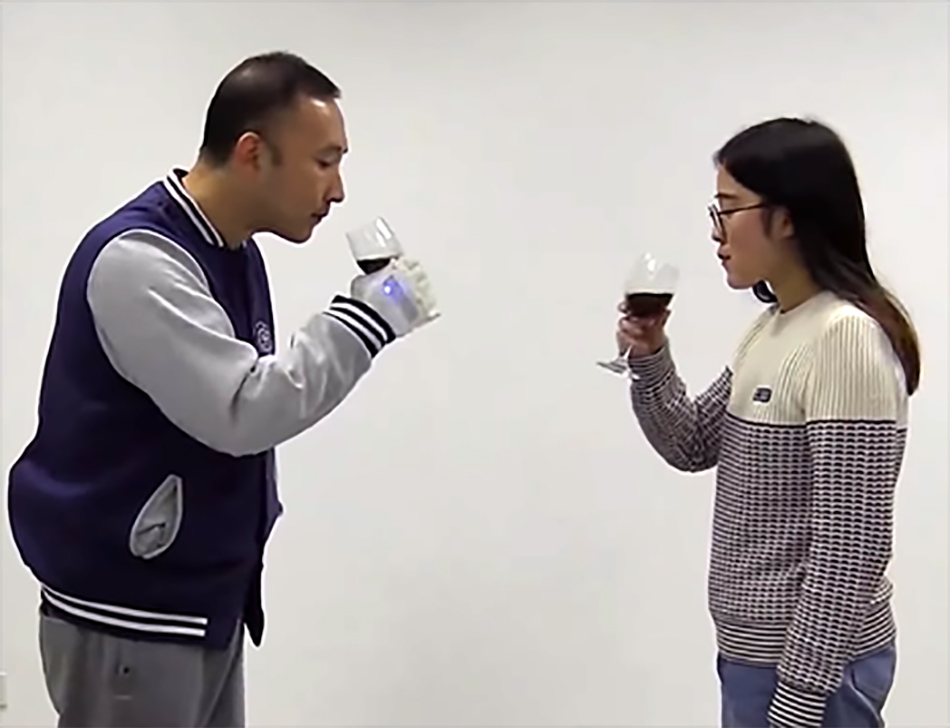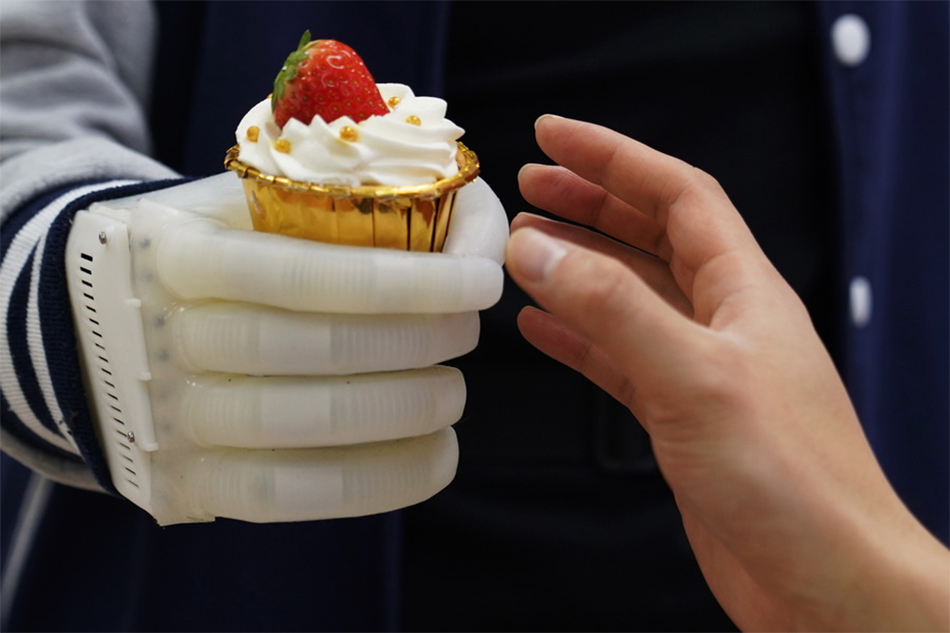New Inflatable Prosthetic Hand Offers Real-Time Tactile Feedback
Researchers and robotic engineers continue to find ways to help disabled people to lead better and easier lifestyles. There is already a range of prosthetic devices in different configurations that help amputees. The research continues as scientists and engineers attempt to develop prosthetic hands using other materials to find a solution that will give better tactile feedback to the users.
The engineers of the Massachusetts Institute of Technology (MIT) and China’s Shanghai Jiao Tong University released their research paper on the development of a new prosthetic hand. Their latest model uses different materials, with the fingers inflating individually to hold an object better, as the user receives tactile feedback immediately.
Innovative prosthetics
Many upper-arm amputees around the world rely on fixed prostheses. But recent advancements in sensory feedback and articulating robot solutions have made several prosthetic devices that are already commercially available take residual muscle signals. The process converts the signals into better hand motions. However, this type of technology is costly and makes the devices heavy.
What makes the new prosthetic hand the MIT and Shanghai Jiao Tong University different is its weight, only around half a pound. It is also affordable as the components’ cost is around US$500.
The fingers of the new prosthetic hand are made from EcoFlex, a stretchy and soft elastomer material that is commercially available. The designers surround the bone-like fiber segments of the fingers with the material and attach them to 3D-printed human palm support.
They replaced the usual motors that control each finger with a small pump and valves attached to the user’s waist to help keep the artificial hand’s weight down. The pneumatic attachment inflates the fingers precisely to form particular shapes, using EMG sensors attached to the user’s arm to control the pneumatic system.
With the help of computer modeling, the researchers developed a controller to inflate the fingers into five grasping actions. The entire system works by identifying the object the user will hold. Then, the algorithm creates the muscle signals to the controller to inflate the fingers just enough to exert the pressure suitable for the object. The real-time tactile feedback comes from the pressure sensor embedded into each fingertip.

Neuroprosthetics
The inflatable hand that the research team is developing is part of neuroprosthetics. They are intelligent bionic limbs that closely resemble the missing body parts. They use the remaining nerve signals of the user to control the prosthetic’s movements, which allow the user to regain some of their hand’s functional movements and tactile feedback.
With the new model, the team of researchers replaced the rigid metal parts is a softer material that they can inflate precisely to provide the desired grasping pressure.
Test results
In creating the grasping models, the researchers trained two volunteers to contract their arm muscles while picturing the other grasping acts. Next, they performed manual dexterity and strength tests using the actual prosthetic hand. Then, they lifted heavy balls, picked up fragile objects, wrote with a pen, and stacked checkers. They performed these tasks repeatedly using a different type of prosthesis already available in the market. The volunteers reported that the MIT system was even better at most tasks than the rigid prosthetics.
The researchers have already filed a patent for the device, although the actual product is unavailable. The researchers are still tweaking the prosthetic to improve its range of motion and sensing capabilities to make it more suitable to the users’ needs. However, according to the team, the performance is already superior or similar to commercially available neuroprosthetics.
